|
Golden Hills RC&D is pleased to announce that Western Skies Scenic Byway is the featured byway for the month of March. As part of the participation in the new Scenic Byways Passport program, each byway will offer a prize package from businesses and attractions along the byway for the featured month. The free digital Scenic Byways Passport encourages people to explore scenic byways and more than 100 unique attractions and destinations. Geofencing at participating locations allows travelers to check-in on the passport, earning them an entry into a monthly drawing for a prize package including an overnight stay, gift certificates and more valued at approximately $200. Select businesses along the byways will offer deals and discounts exclusively for passholders. Each deal redemption also earns an entry into the monthly drawing. The promotion runs through December 31, 2021 and features multiple stops on thirteen of Iowa’s Byways.
The Western Skies Scenic Byway prize package is valued at over $400 and features everything you need for a great getaway in western Iowa. Local businesses and attractions have generously donated the following items: a two-night stay at Whiterock Conservancy’s Garst Historic Farmhouse, $200 in gift certificates to Coon Rapids businesses (Coon Rapids Hardware Hank, Nature Ammil, The Trading Post, Brown Bag & Co., Frohlich's SuperValu, Chuck's Bar and Grill, Cady's Coffee Shop and Coon Bowl III); an Audubon County Tourism bundle including a t-shirt, an Albert the Bull Sticker, free tour for two at Nathaniel Hamlin Park & Museum, $25 gift certificate to Darrell’s Place and two nights free for camping at Littlefield Recreation Area; and Harlan’s Milk & Honey package including a t-shirt and a $25 gift certificate. Travelers can sign up for the passport at explore.traveliowa.com/byways with their email address or by scanning a QR code from posters at locations included on the passport. “The Passport program is a great partnership between the Iowa Tourism Office, the DOT and the local byways,” noted the Western Skies Scenic Byway Coordinator Rebecca Castle Laughlin. “It provides a new interactive component to the byway experience while allowing travelers to choose their level of interaction. Many of the locations on the passport are parks and other outdoor attractions, which don’t limit visitors to standard operational hours and can provide for natural social distancing." “Transportation is essential to connecting people with all the wonderful things Iowa has to offer,” said Scott Marler, director of the Iowa Department of Transportation. “Our state’s scenic byways system helps travelers recognize both main roadways and roads less traveled that highlight the uniqueness of our great state.” “Iowa’s scenic byways offer both a breathtaking view of our state’s diverse landscapes and a journey through Iowa’s cultural heritage through historic sites, national landmarks and other attractions that tell our state’s story,” said Debi Durham, executive director of the Iowa Economic Development Authority and Iowa Finance Authority. “The new Scenic Byways Passport is a great new way to explore Iowa all year long.” Passport holders are encouraged to follow Travel Iowa on Facebook, Instagram and Twitter for updates on monthly prize packages. More information can also be found on the Golden Hills RC&D and Western Skies Scenic Byway Facebook pages. Tourism in Iowa generates nearly $9 billion in expenditures and $517.5 million in state taxes, while employing 70,200 people statewide. The Iowa Tourism Office is part of the Iowa Economic Development Authority. For more information, visit traveliowa.com.
0 Comments
(from Iowa Learning Farms)
Iowa Learning Farms, in partnership with the Iowa Nutrient Research Center, and Conservation Learning Group (CLG), is hosting a free virtual field day highlight the stream stabilization efforts in the East and West Nishnabotna Watersheds to improve water quality and reduce flooding on Thursday, March 18 at 1 p.m. CST. Join us for a live discussion with Cara Marker-Morgan, project coordinator for the East and West Nishnabotna River Watersheds and Golden Hills RC&D, and Jake Miriovsky, Project Manager For JEO Consulting Group, Inc. Located in the Loess Hills region of Iowa, the East and West Nishnabotna Watersheds were selected to work with the Iowa Flood Center at the University of Iowa and many other partners to develop Watershed Management Authorities as part of the Iowa Watershed Approach. Through the project, Iowans are working together to address factors that contribute to floods and nutrient flows and enjoy the improvements in quality of life and health resulting from upstream watershed investments. Supported by U.S. Housing & Urban Development dollars, this approach is leveraging the principles of Iowa’s innovative Nutrient Reduction Strategy to make communities more resilient to flooding and help improve water quality. “One of the keys to success on projects within a watershed is collaboration. This project is a perfect example of that with multiple landowners coming together to make a difference in our watershed,” noted Marker-Morgan. To participate in the live virtual field day at 1:00 pm CST on March 18 to learn more, click this URL: https://iastate.zoom.us/meeting/register/tJUpduihpj8iE9ZHcjpsenc2DWQILG41wg0D or visit www.iowalearningfarms.org/page/events and click “Join Live Virtual Field Day”. Or, join from a dial-in phone line: Dial: +1 312 626 6799 or +1 646 876 9923 Meeting ID: 914 1198 4892 The field day will be recorded and archived on the ILF website so that it can be watched at any time. The archive will be available at https://www.iowalearningfarms.org/page/events. Participants may be eligible for a Certified Crop Adviser board-approved continuing education unit (CEU). Information about how to apply to receive the credit (if approved) will be provided at the end of the live field day. Established in 2004, Iowa Learning Farms is building a Culture of Conservation by encouraging adoption of conservation practices. Farmers, researchers and ILF team members are working together to identify and implement the best management practices that improve water quality and soil health while remaining profitable. Partners of Iowa Learning Farms include the Iowa Department of Agriculture and Land Stewardship, Iowa State University Extension and Outreach, Leopold Center for Sustainable Agriculture, USDA Natural Resources Conservation Service, and Iowa Department of Natural Resources (USEPA section 319) and GROWMARK, Inc.
"Sedges have edges
Rushes are round Grasses have nodes that are easily found (or 'grasses are hollow, what have you found?')" If you've done much plant identification, you may have heard this or a similar expression. Prairies, in short, are grasslands. They are dominated by grasses and grass-like plants such as sedges and rushes, along with abundant forbs (flowers) but only sparse woody vegetation (trees & shrubs). At first glance, especially from a distance, prairies may look like monotonous monocultures. This could not be farther from the truth. A high-quality tallgrass prairie remnant can have more than 300 species, many of which are grasses, or grass-like plants. In our Loess Hills Plant List, which includes many of the species found in western Iowa's natural areas, we have identified 58 species in the Poaceae family, 35 in Cyperaceae, and 4 Juncaceae. In other words, grasses are the most common, followed by sedges and rushes. Overall, there is greater species diversity of forbs (flowering plants), but typically the quantity of grass and grass-like plants exceeds that of forbs in prairies.
Grasses, sedges, and rushes are all monocots. Monocots have one seed leaf and share other common characteristics. "Although all grass-like plants are monocots, not all monocots are grass-like plants." Learn more in this short video from Native Plant Trust:
Differences between the three can include stem structure, sheath form, and flower type, This page from Minnesota Wildflowers is an excellent synopsis of the differences. The chart below from Florida also provides a great summary.
Grasses are commonly sorted into warm-season and cool-season species. According to Missouri Prairie Journal: "Native cool-season grasses are referred to as “C3 grasses” because, during photosynthesis, they use the Calvin-Benson cycle and produce three carbon molecules, while a C4 grass does not directly use the Calvin-Benson Cycle and produces a four-carbon molecule...
These physiological differences allow native cool-season grasses to grow and reproduce in cooler conditions, offering forage in early spring, fall, and part of winter, and seed by early summer, while warm-season grasses continue growing when cool-season grasses are dormant. For more information on comparing these two groups of grasses" (Read more here).
Warm-season grasses include some of the most common grasses in many prairies, such as andropogon gerardii (big bluestem), schizachyrium scoparium (little bluestem), sorghastrum nutans (Indian grass), panicum virgatum (switchgrass), and bouteloua curtipendula (side-oats grama).
Native cool-season grasses include elymus canadensis (Canada wild rye), elymus virginicus (Virginia wild rye), and koeleria macrantha (June grass). Many non-native pasture grasses, such as brome and fescue, were planted because they can provide a food source for plants earlier in the season compared to many of the native warm-season grasses.
Sedges, in the family Carex, are the next most abundant grass-like plants in Iowa's prairies. This blog post by Leland Searles also offers helpful information: "Sedges are an important, often overlooked group of native plants. In Iowa there are at least 125 species belonging to one genus, Carex."
People often remember "sedges have edges" to help identify them while in the field using their stems.
Golden Hills worked with Dr. Tom Rosburg to record this Carex Identification class in March 2021. Dr. Rosburg covers some of the more common sedges found in Iowa. A sedge identification key and other resources can be found at goldenhillsrcd.org/plantid.
Dr. Anton Reznicek (Curator of the University of Michigan Herbarium and Research Scientist in the Department of Ecology and Evolutionary Biology)
The charts below show how a grass (andropogon gerardii/big bluestem), a sedge (carex gravida/heavy sedge) and a rush (juncus dudleyi) are
In this video, Bob Lichvar of the US Army Corps of Engineers briefly describes how to field-identify common rushes.
The taxonomic charts below show where three common species fit into into the classification system. Andropogon gerardii (big bluestem) is a grass, carex gravida (heavy sedge) is a sedge, and juncus dudleyi (Dudley's rush) is a rush.
As important as it is to learn native plants, it's also good to identify invasive and unwanted plant species that can harm native prairie, wetland, savanna and woodland ecosystems. Reed canary grass is one of the most aggressive invasive grasses. It can take over large areas in short amounts of time and crowd out native species. Removing it once it is establish can be very difficult, so it's better to identify it early and prevent it from spreading as much as possible. The Grasses of Iowa's Weedy and Invasive Grasses page is a great resource for learning about non-native and problematic species.
Links & Resources for grass & grass-like plant ID and classification:
At the end of winter, sap starts flowing from tree roots back up the trunk. This sap contains the vital nutrients that trees need to survive and thrive. We visited Waubonsie State Park in Fremont County on a warm day in early March to practice tapping trees with Park Manager Matt Moles. Always check with property managers before tapping trees on public lands. We received approval to do this for educational purposes. The process is a lot simpler than many people might expect. Basically you find a tree you want to tap and drill a hole that will fit the size of your spile. The hole should be at a slight upward angle to help the sap drip down the spile. If the sap is flowing, you will likely see it dripping out already. We used inexpensive plastic spiles found online but traditionally the spiles were made of metal. Next, attach a tube to the spile and tap the spile into the drilled hole so that it fits tightly and will not fall out of the tree. Measure beforehand to ensure the tubing will fit on your spiles. Below you can see the sap flowing from the spile into the tube. Put the other (bottom) end of the tube into some kind of container like a bucket placed on the ground. You could also hang the bucket on the tree and eliminate the need for the tubing. Make sure to wash the bucket, tubing, and spiles before and after each use, and don't use a bucket that has stored any toxic substances. Depending on the tree, the weather, and other factors, the sap my drip quite slowly or flow fairly rapidly like this one: It's best to cover the bucket to prevent insects, dust, and other debris from settling into the sap. Check the bucket regularly to make sure it doesn't overflow.
Now you've done the easy part! Turning the sap into syrup requires boiling it down until the water evaporates, leaving mostly sugar. Maples generally have higher sugar content than most other trees, which means it takes less boiling to get more syrup. Still, many other species can be tapped. Even with maples, a rough estimate is about 40 gallons of sap boils down to one gallon of maple syrup. For other species, the difference is even greater. If you don't have the right equipment to boil down that much sap, start small and try it out on your stovetop or over an outdoor fire. You can also skip the boiling process completely and drink the sap alone or with other beverages like coffee or tea. Sap, or maple water, as it's been branded, is marketed as a healthy alternative to sugary drinks. It has a slightly sweet taste and includes some nutrients and electrolytes. For more details on tapping trees, check out this recent blog post from Perennial Homestead. "One swallow does not make a summer, but one skein of geese, cleaving the murk of March thaw, is the Spring." - Aldo Leopold The first week of March is recognized as Aldo Leopold Week. Leopold, born in Iowa, is known as one of the founders of the modern conservation movement. His book, published in 1949, continues to be a staple of conservation literature today. It is fitting that here in southwest Iowa, the first week of March often fittingly coincides with some of the earliest signs of spring. The videos below were recorded in Fremont County on March 2, 2021. Large flocks of snow geese are flying north from their wintering grounds. Fremont County is an especially good place to see bird migrations, as it is located near the confluence of the East & West Nishnabotna Rivers and the Missouri River. Numerous wetlands on public and private land offer the birds places to rest on their long northward journey. Riverton Wildlife Management Area is one example of a public area where you can see bird migrations. Waubonsie State Park and several other wildlife areas in the Loess Hills also offer excellent birding and wildlife viewing. Driving along the Loess Hills National Scenic Byway is another option. If you decide to stop along roadways, be sure to pull completely off to the side and turn on hazard lights. Golden Hills is planning several events in Fremont County this spring and summer to get people out into the great outdoors, including a Spring Wildflower Walk at the new Blackburn State Park Unit near Thurman. Learn more at our Fremont County Outdoor Adventures page.
|
Archives
June 2024
Categories
All
|
Address712 South Highway Street
P.O. Box 189 Oakland, IA 51560 |
ContactPhone: 712-482-3029
General inquiries: [email protected] Visit our Staff Page for email addresses and office hours. |
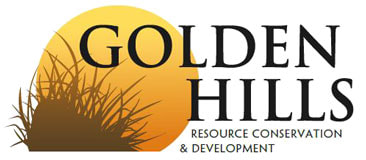
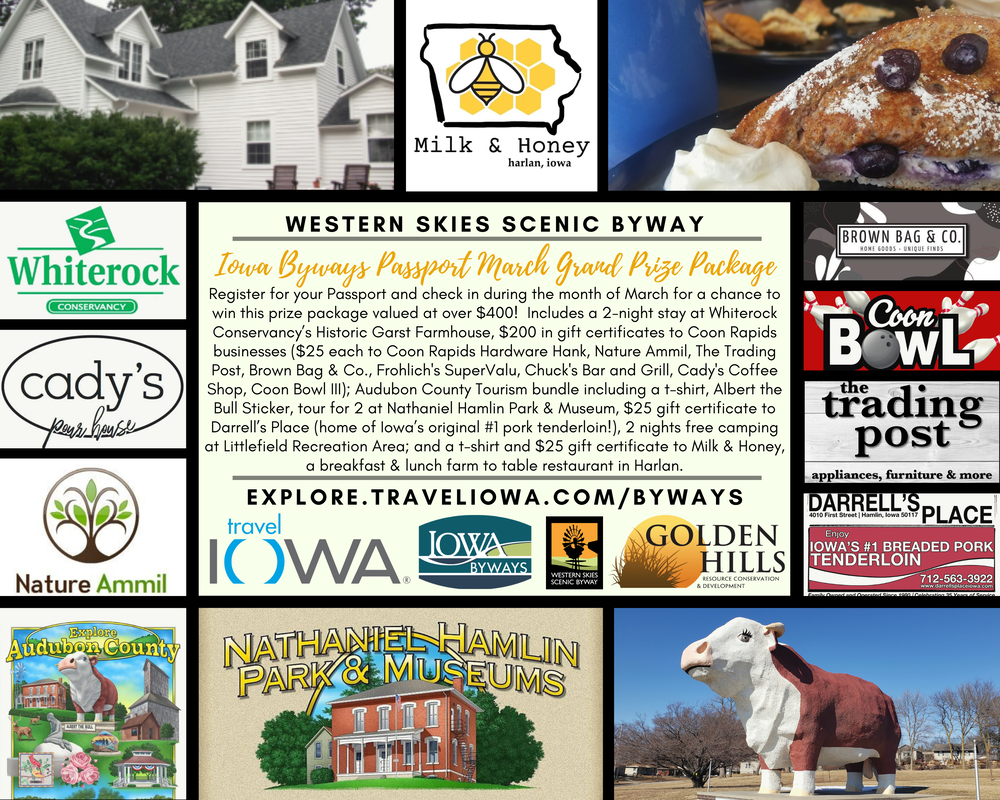
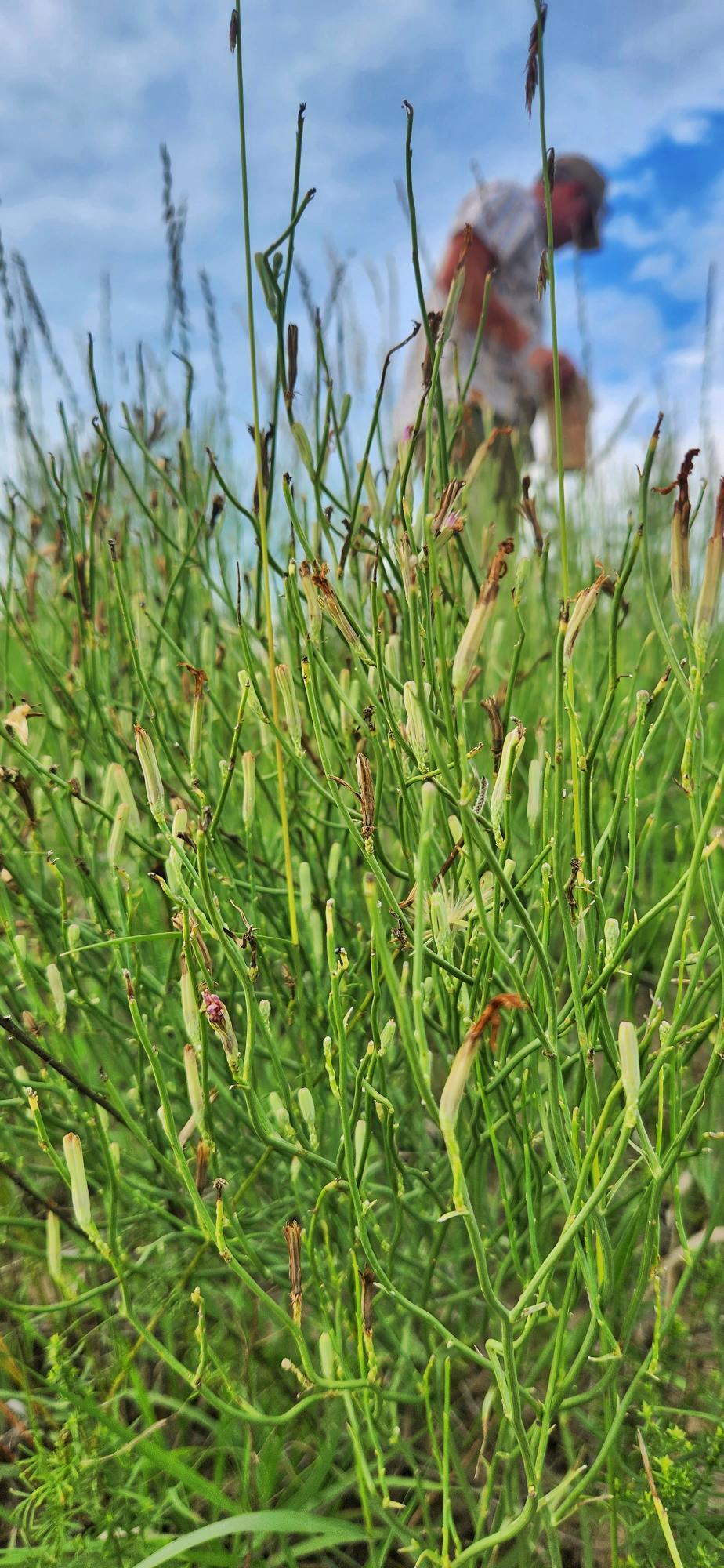
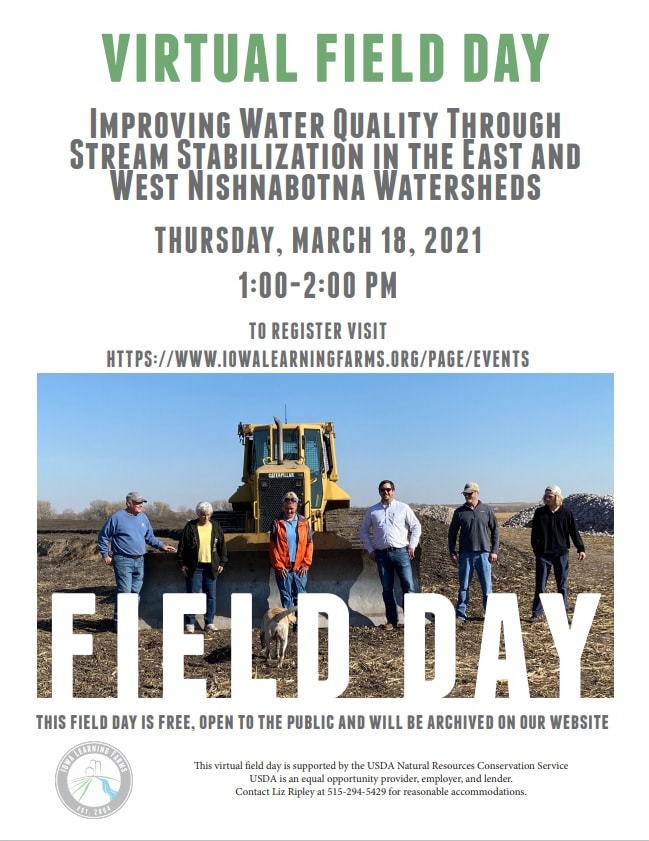
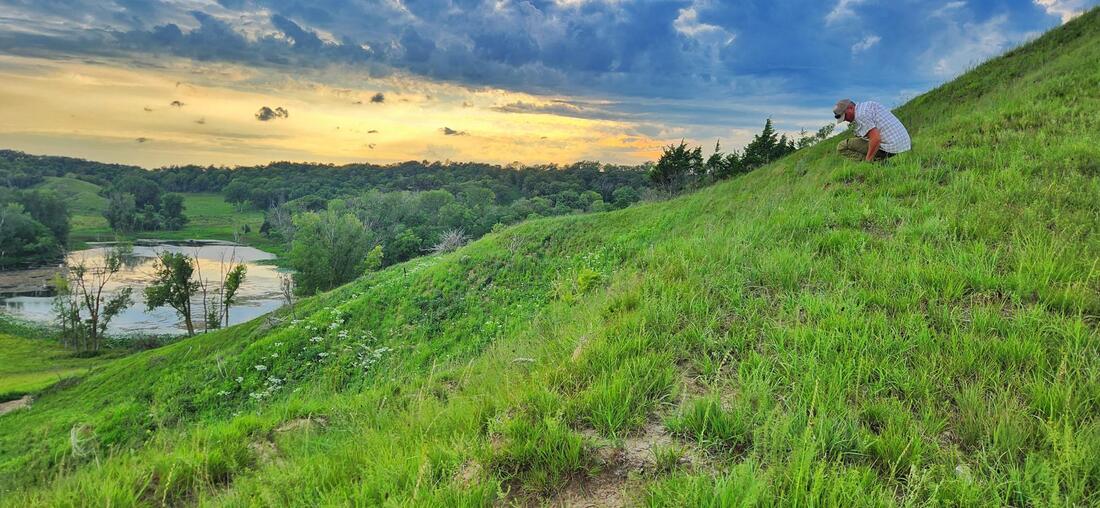
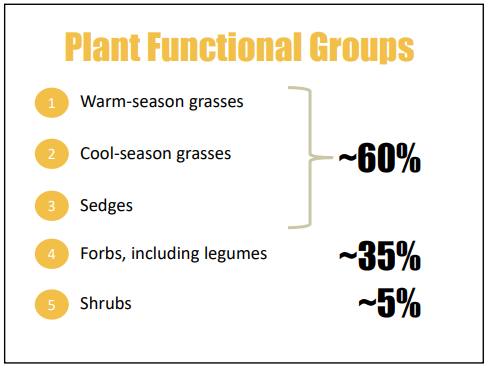
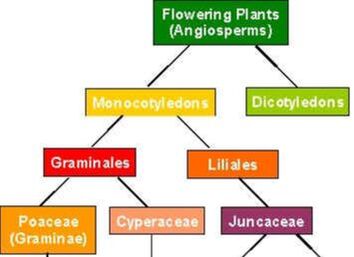
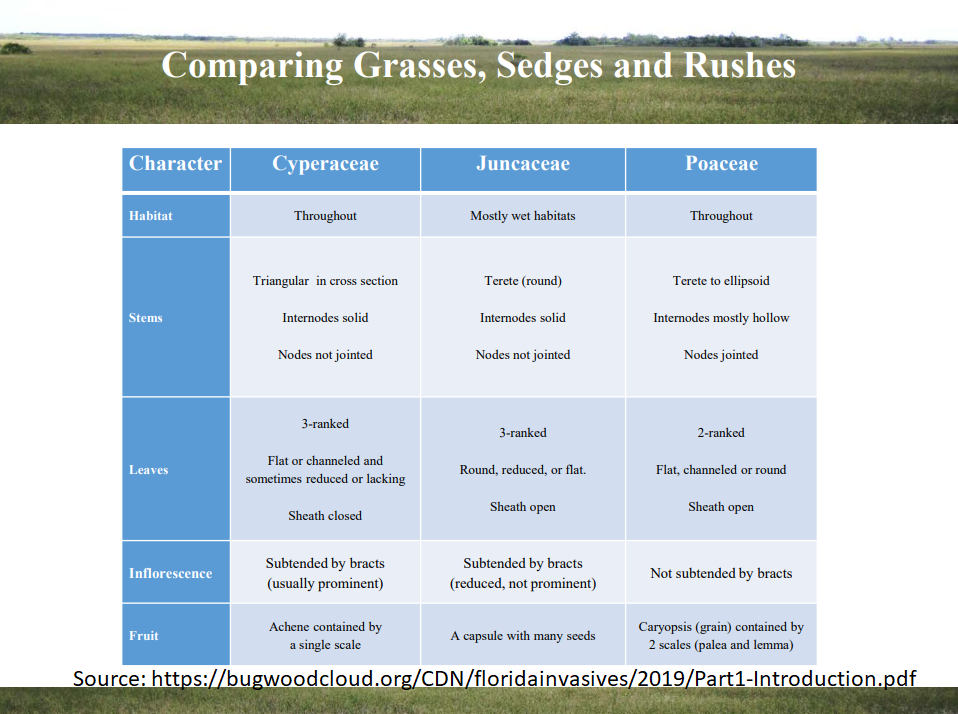
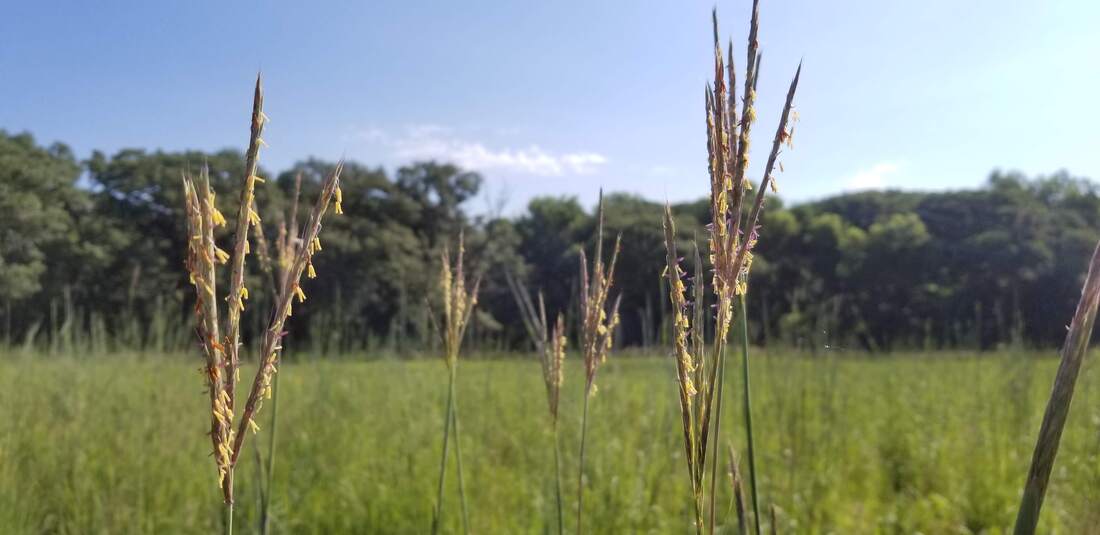
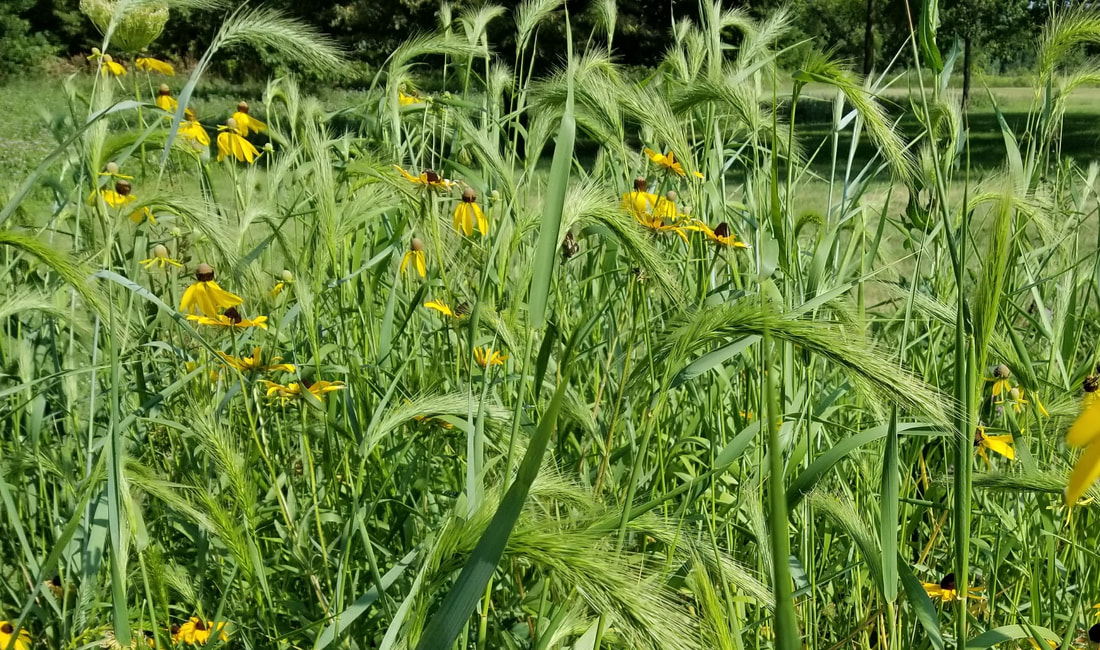

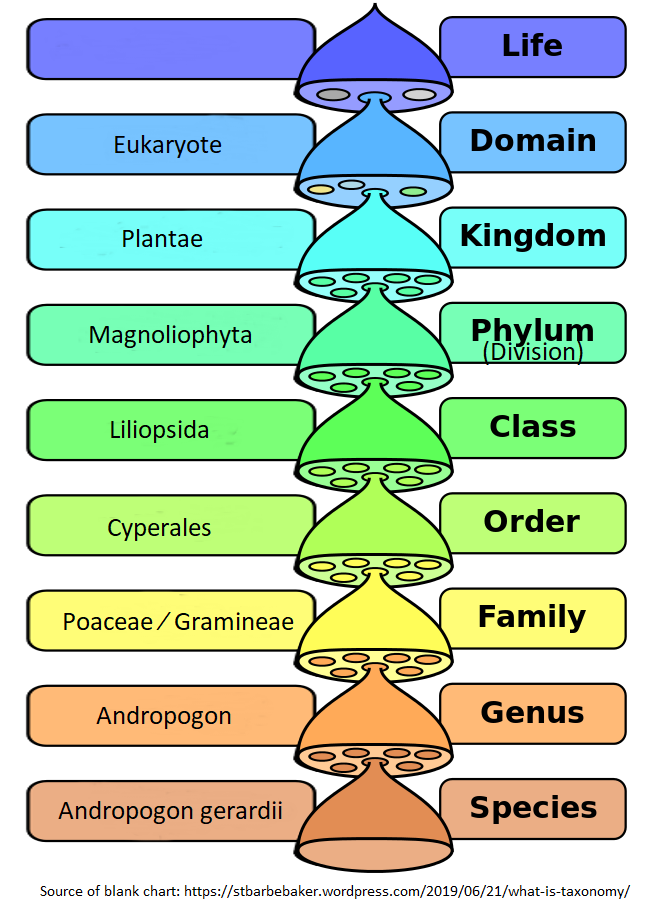
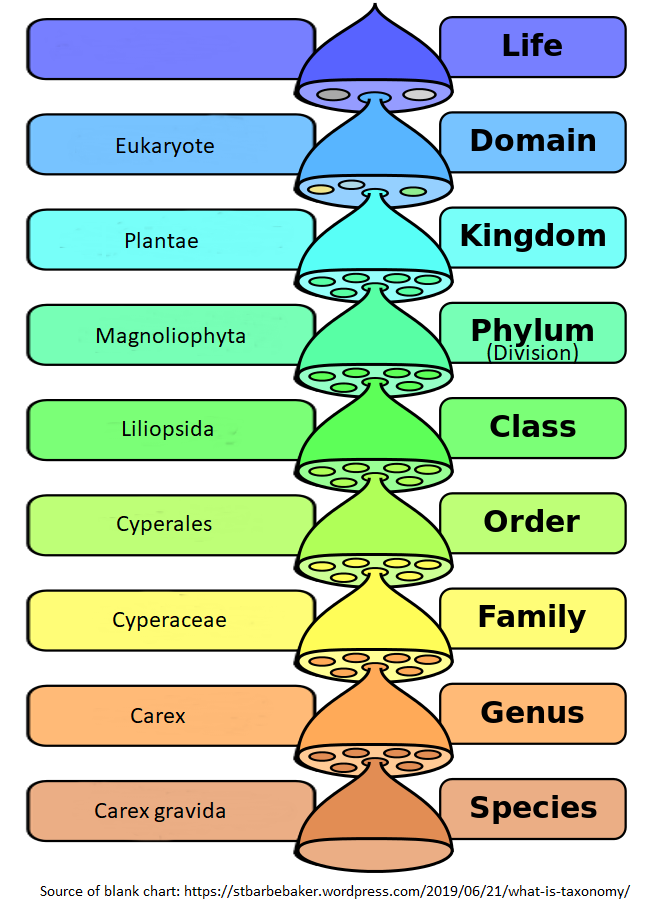
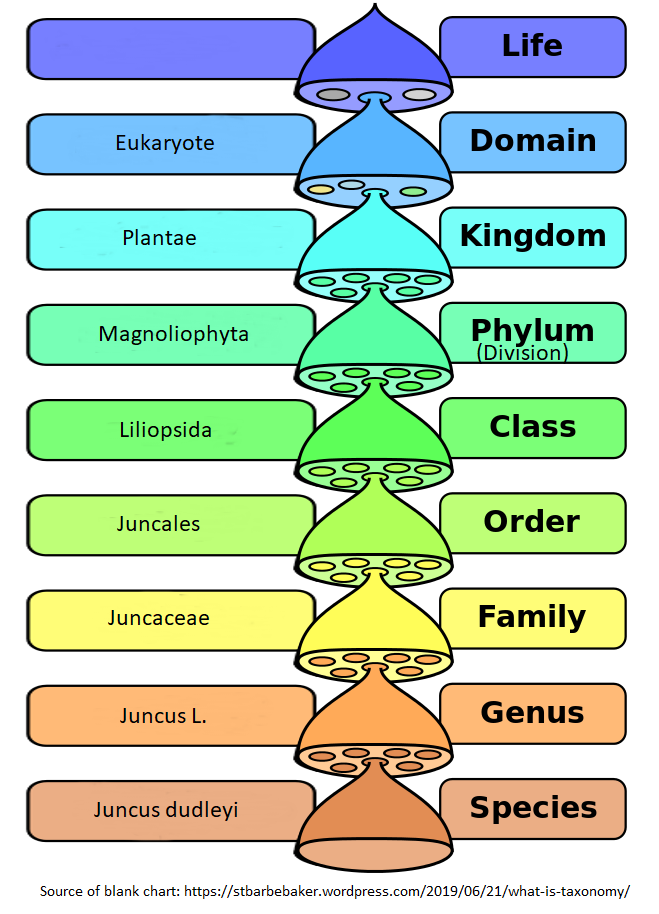
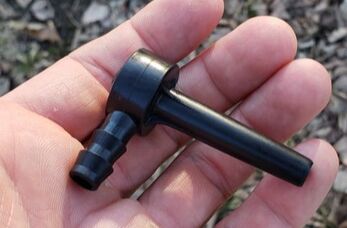
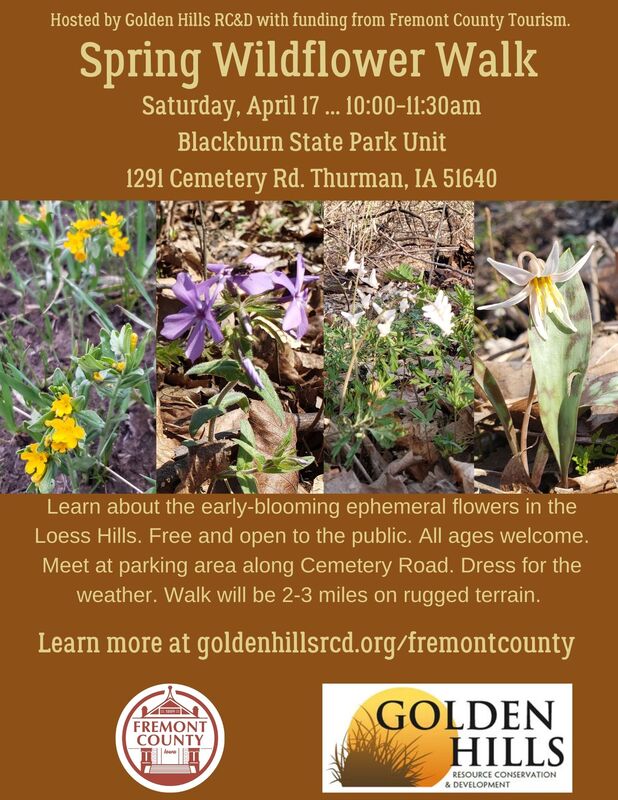
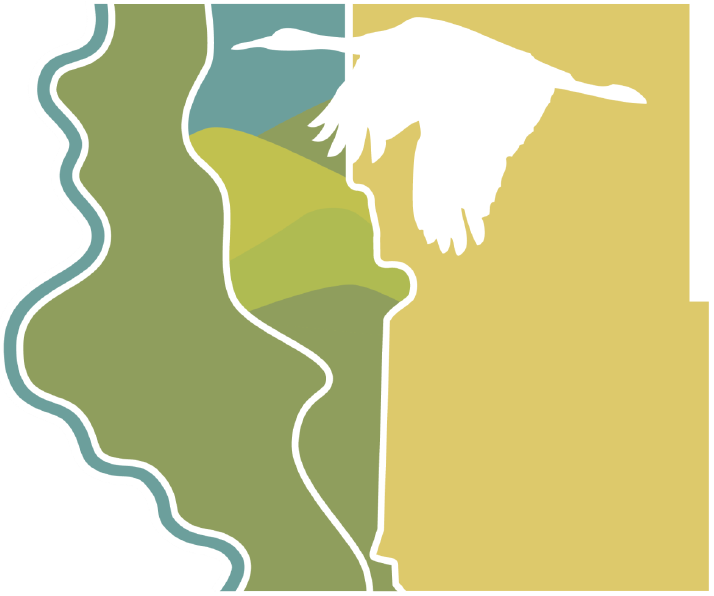
 RSS Feed
RSS Feed